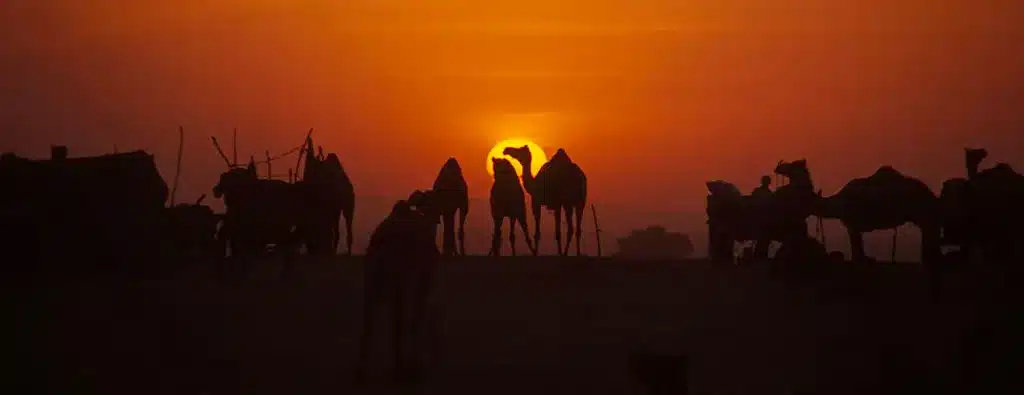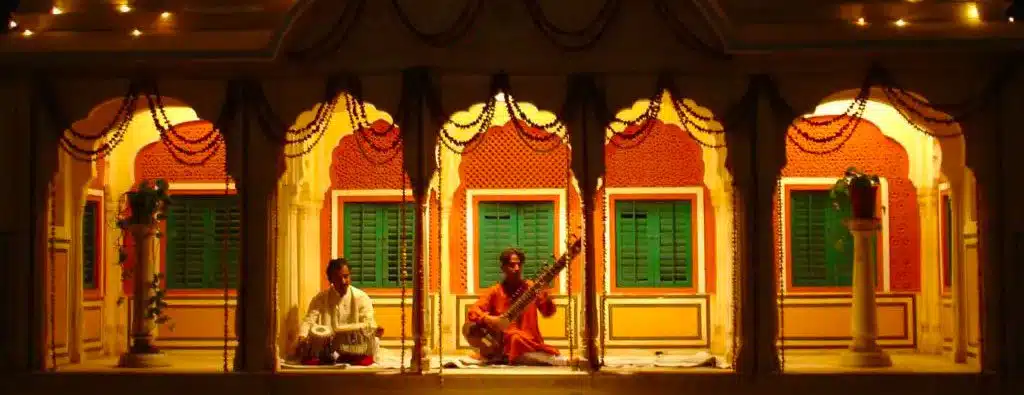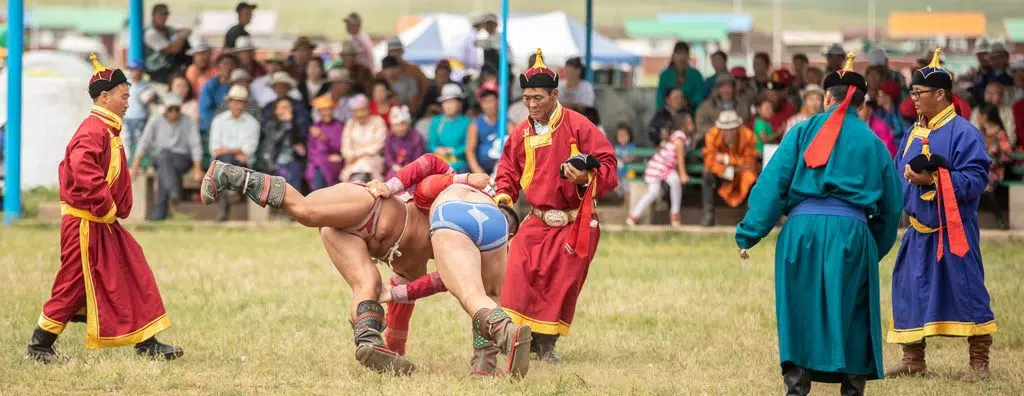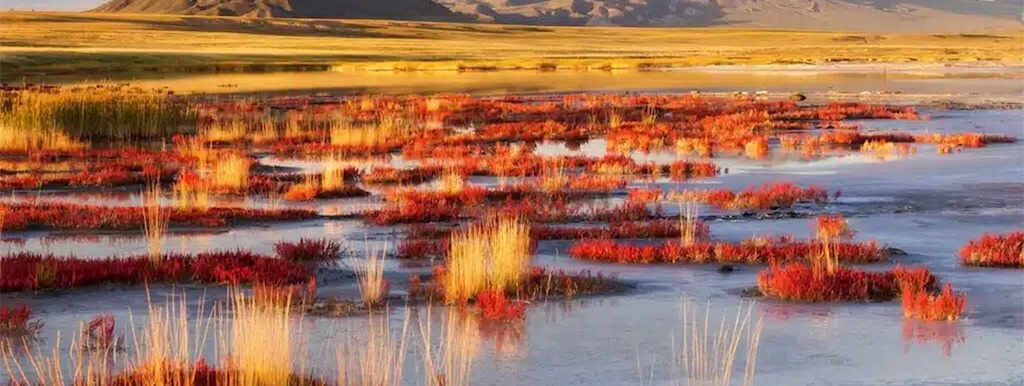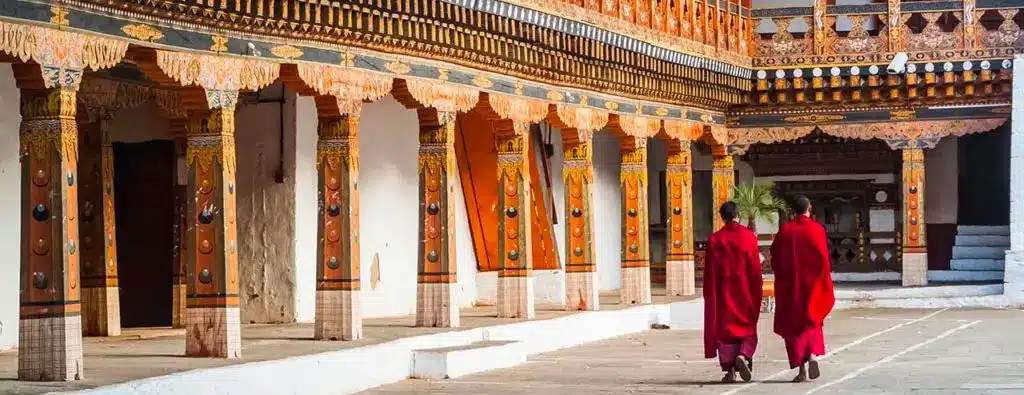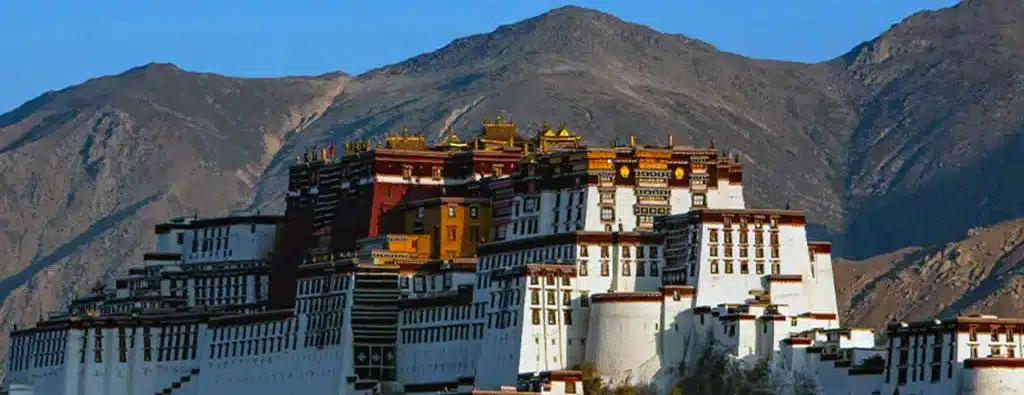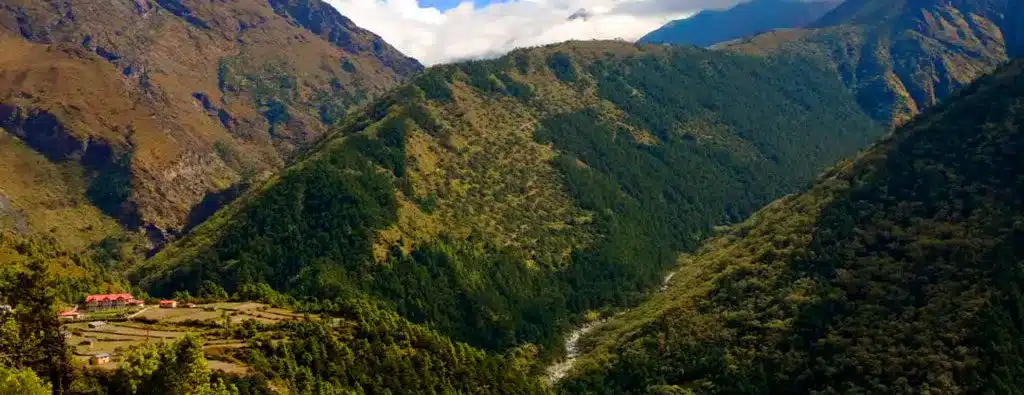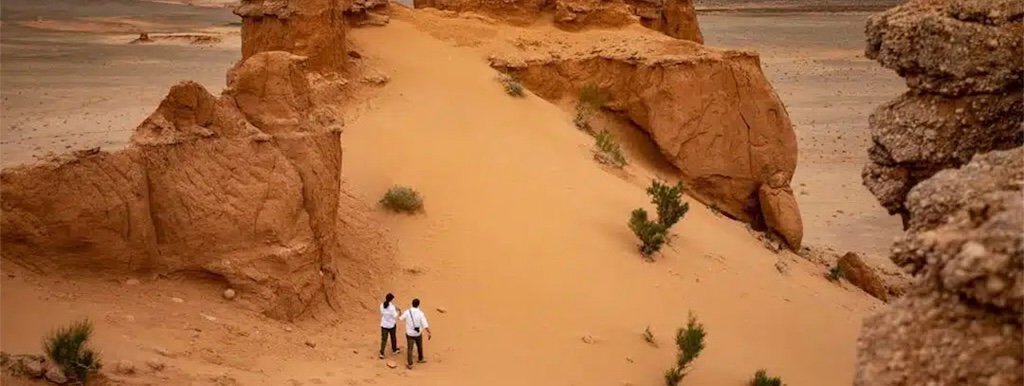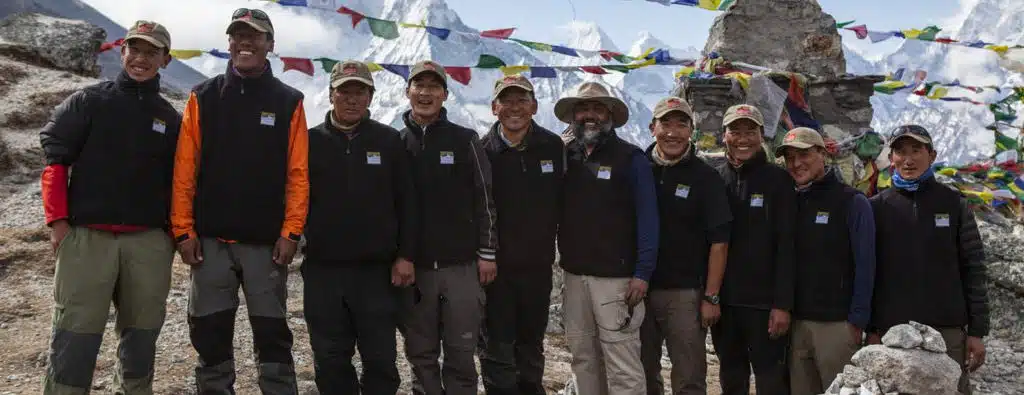Shaitan Singh Rathore Q&A: A Tour Leader’s Rajasthan
Proudly from the state of Rajasthan, Shaitan Singh Rathore is from an agricultural family. The family holds more than 300 acres of land and keeps cows and buffalos for milk and butter. Growing up in this proud land of Rajasthan and hearing stories from his grandfather, he always wanted to showcase his culture to people visiting this state, and this attracted him to become a professional tour guide. He has led more than 50 tour groups from America, Canada and the UK throughout Rajasthan, as well
Why India Is A Great Destination For Holiday Season Travel
While the vastly different regions of India present a range of climates—from the arid western deserts to the humid southwestern rainforests—Winter finds India blissfully temperate. From simply sightseeing to taking in festivals, wildlife, and cruising the tranquil rivers—the holiday months are a heavenly time to visit. Weather The traditional holiday month of December in […]
Destination: Naadam Games
Naadam means to come together as one and have a celebration. A spectacle of pageantry and cultural performances, the centerpiece of this journey will lift your spirits and fill your heart. Bear witness to the height of these competitions during the nation’s largest Naadam Games in the capital of Ulaanbaatar.
What to Expect When You Attend Naadam Festival
Mongolia’s Centuries-Old Festival of Competition Festivals are more than just a celebration; they are a way to honor one’s traditions and history. However, some festivals are woven into the identity of a place. Holi in India. Dia de Los Muertos in Mexico. And, Naadam in Mongolia. Held annually in the summertime, Naadam is celebrated across […]
UNESCO World Heritage Sites of Mongolia
Mongolia proudly has five such sites, with another 12 on the tentative list. Ranging from relatively small monument sites to vast tracts of natural landscape, these locations embody Mongolia’s heritage as our legacy and key to our past—places we absolutely must pass on to future generations—irreplaceable cultural and natural sources of life and inspiration.
UNESCO World Heritage Sites of Bhutan
The United Nations Educational, Scientific and Cultural Organization (UNESCO) has placed eight sites on the tentative list for the small Himalayan nation of Bhutan. UNESCO designates places as unique and diverse as the Pyramids of Egypt, the Great Barrier Reef in Australia and the grand cathedrals of Europe—and it is only a matter of time before the process of inscribes these sites on the World Heritage list ensuring their protection and preservation as sites of cultural and natural heritage o
UNESCO World Heritage Sites of Tibet
Although technically an autonomous region of China, Tibet has been recognized by the United Nations Educational, Scientific and Cultural Organization (UNESCO) as home to three World Heritage Sites. All of which may be found in the capital city of Lhasa—plus one Tentative listing, the Yalong region, which is the cradle of Tibetan culture. The three places within Lhasa are each highlights of any Tibet cultural itinerary offering unique vantages of the beauty, history, architecture and culture of
UNESCO World Heritage Sites of Nepal
Visiting Nepal’s four UNESCO World Heritage Sites is like traveling backwards in time—seeing the birthplace of Lord Buddha, touring the ancient monuments of long-ago dynasties dedicated to Hindu and Buddhist deities, and visiting national parks whose headwaters provide flowing life for so much of a vast region. From intricately carved architectural details to the peak of Everest—Nepal is not short on splendor, as these four sites comprise innumerable marvels.
Wild Journeys, Responsible Travel: An Earth Day Message
When tourism works to successfully protect natural and cultural heritage, it also invests in safeguarding this legacy for future generations. Sustainable tourism will only successfully transform the entire industry if we each do our part.
Sanjay Saxena Q&A: The Foremost India Expert Discusses Travel & Our ‘Festival of Rajasthan’ Journey
Sanjay Saxena, Director of Operations at Nomadic Expeditions, was born in New Delhi, India. A professional guide since 1979, Sanjay has led groups on touring, trekking, climbing, and on safaris to Mongolia, Tibet, China, Nepal, Bhutan, Myanmar, Sri Lanka, Vietnam, Cambodia, Laos, Venezuela, Peru, Iran and across his homeland India.

